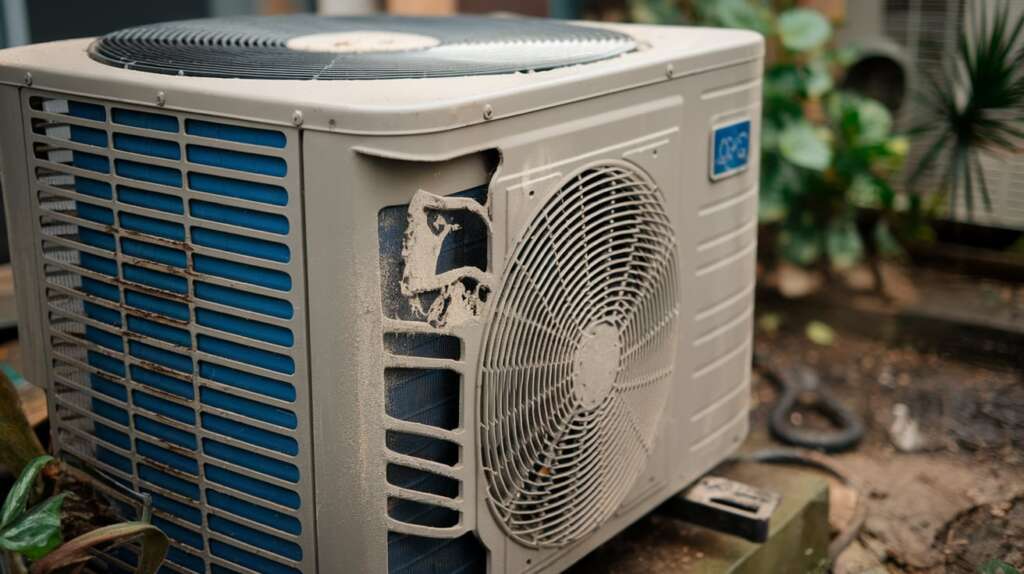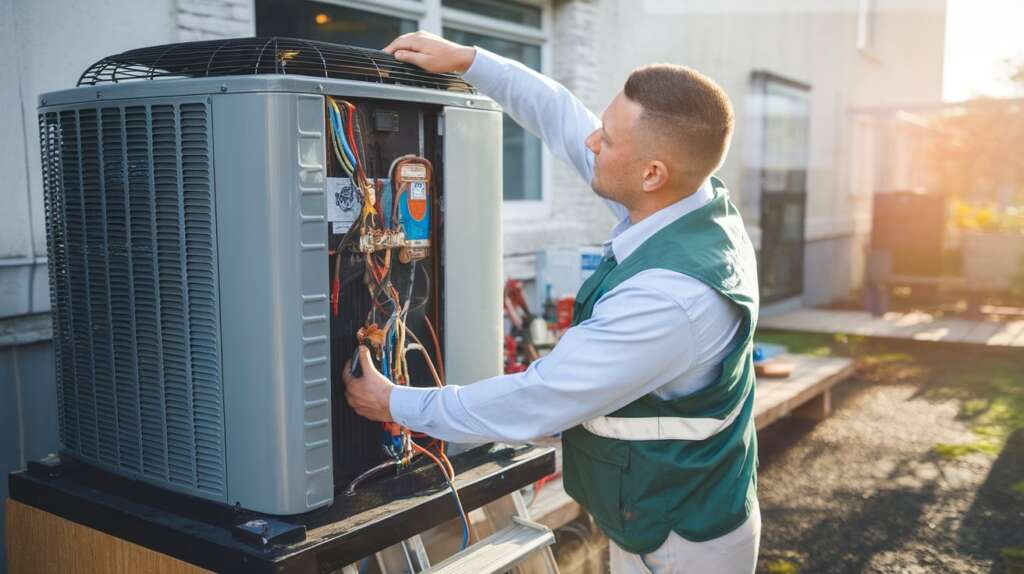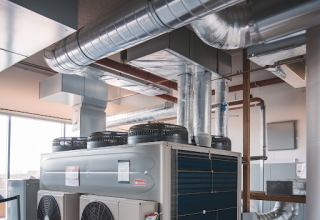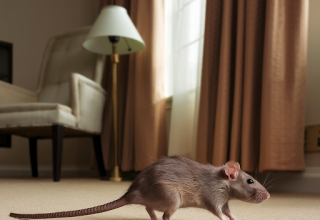Even after a professional HVAC tune-up, your home can still feel warmer than it should. While maintenance helps your system run efficiently, it can’t always fix deeper issues like poor insulation, low refrigerant, or an aging unit. Here’s what might be going on if your AC is still not keeping up.
When an AC Tune Up Isn’t Enough to Cool Your Home
A tune-up improves performance, but it can’t fix every underlying issue. If your AC still struggles, the problem may lie beyond what a tune-up addresses, like improper system sizing, airflow restrictions in ductwork, or an aging compressor that’s losing efficiency. Many homes also have uneven insulation or air leaks that keep cool air from staying inside, making it hard for even a well-maintained system to perform at its best.
Think of an AC tune up like changing the oil in your car, it keeps things running smoothly, but it can’t fix an engine that’s underpowered. In short, a tune-up keeps your system in shape, but it can’t compensate for deeper system design flaws or home performance issues.
After Service AC Not Cooling? Here’s Why
Cleaning coils and filters helps airflow, but cooling depends on pressure balance, refrigerant levels, and component health. If refrigerant levels are low, coils can freeze and block airflow. A weak fan motor, faulty capacitor, or failing compressor can also limit cooling power, even if everything looks spotless.
Think of cleaning as “clearing the road,” but if your engine, the compressor or refrigerant system, isn’t running properly, you still won’t reach your destination. That’s why many homeowners wonder why they experience after service AC not cooling even after routine maintenance or AC service visits.
Air Conditioning Service Done, But Still No Cool Air?
A thermostat out of calibration or installed in the wrong spot, like near a window, vent, or in direct sunlight, can send false readings and make it seem like your AC is slacking. Even a smart thermostat can cause issues if its energy-saving mode cuts cooling cycles short.
Sometimes the fix is as simple as recalibrating it, moving it, updating the firmware, or adjusting the settings to allow full cooling cycles. Scheduling regular air conditioning service helps catch these issues before they cause uneven cooling.
Low Refrigerant After AC Service Can Stop Cooling
Even a tiny refrigerant leak can take weeks or months to cause noticeable cooling problems. A standard AC service may include a pressure check, but small leaks can escape detection until they worsen. Refrigerant doesn’t get “used up”, if it’s low, there’s a leak. That means the system is operating under stress, cooling less efficiently, and potentially damaging the compressor over time. Recharging without finding the leak is like inflating a tire with a nail still in it.
Regular air conditioning tune up appointments can help spot early warning signs before this happens.
How Poor Insulation Wastes Your Air Conditioning Tune Up
Poor insulation, leaky ducts, or unsealed attic hatches can waste up to 30% of your cooled air before it ever reaches your rooms. If some rooms stay hot while others feel fine, your ducts might be unbalanced or undersized. In many cases, your AC is running perfectly, it’s just cooling your attic instead of your living room. Sealing ducts, improving insulation, or doing a quick home performance test can often solve what seems like an AC issue but really isn’t.
Even the most thorough air conditioning tune up can’t overcome the effects of a poorly insulated home.
Why an AC Tune Up Can’t Fix an Old or Undersized Unit
If your system runs constantly, cools unevenly, or takes hours to reach the set temperature, it could be too small for your home’s current needs, or simply wearing out. Over time, compressors and coils lose capacity, so a 4-ton unit might cool like a 3-ton. Home upgrades, like added rooms, new windows, or insulation changes, can also make an originally well-sized unit now undersized. When an older system (10-15+ years) can’t meet demand even after maintenance, it’s likely aging, not just inefficient. A load calculation from a technician can confirm if your system is still the right fit.
At that stage, another AC tune up won’t fix the problem, a new system might be the better investment.
Still Hot After an Air Conditioning Service? Check These
Sometimes, the “problem” isn’t the AC, it’s your home fighting against it. South- or west-facing windows without shading, cooking or laundry during peak heat hours, or leaving interior doors closed can all make your system work harder. High humidity can make 74°F feel like 80°F, and even aquarium pumps or indoor plants add heat. Managing sunlight, humidity, and air circulation can make a big difference without ever touching your thermostat.
Even a recent air conditioning service can’t offset those everyday heat contributors if the house setup itself traps warmth.
Why My AC Is Not Cooling Even After Cleaning?
If you’re scheduling tune-ups every season and still uncomfortable, it’s time to rethink. Rising energy bills, uneven temperatures, humidity issues, frequent refrigerant refills, or repeated part replacements are signs your system’s efficiency curve is past its peak. A unit that’s 12+ years old or using R-22 likely won’t benefit much from more maintenance. At that point, upgrading can save more energy and frustration than continued fixes, and a good technician can help weigh repair vs. replacement ROI based on age, cost, and efficiency goals.
When after service AC not cooling becomes a pattern despite consistent air conditioning tune up and AC service, it’s likely your system has reached the end of its lifespan.












